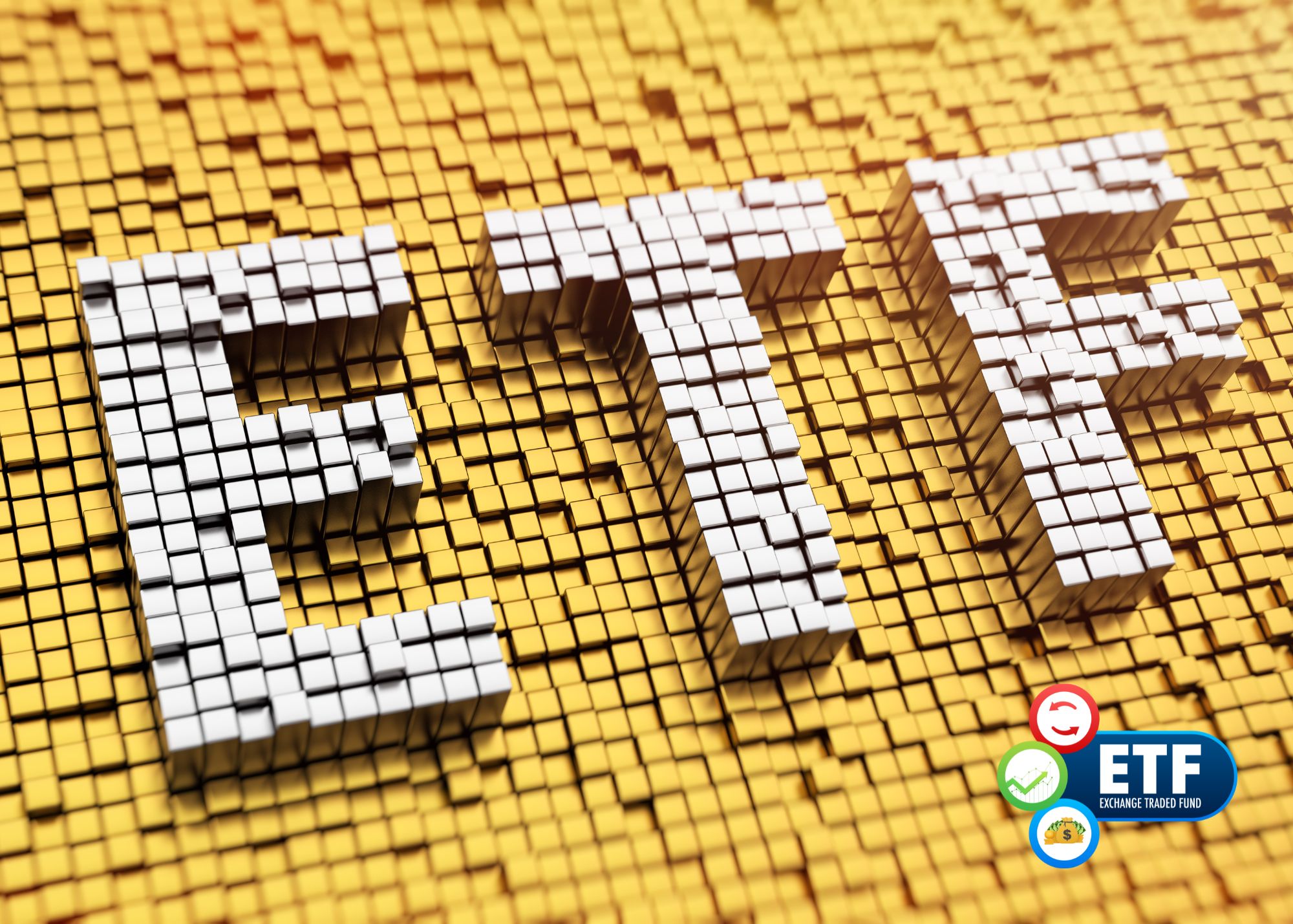Stock Market in Chaos? 1 High-Yield ETF Could Be a Safe Haven
The stock market has gotten off to an extremely rough start in 2025, with highly-valued stocks suddenly selling off on a variety of worries. Both the NASDAQ and S&P 500 entered corrections, erasing trillions in value from the market’s total capitalizations.
Much of this selloff has been driven by threats of sweeping tariffs that would drastically raise costs for American businesses and spur higher inflation.
Consumer sentiment is also at its lowest level since late 2022, while the most recent jobs report provided evidence of a softening labor market. Add to that rising prices and weaker spending and job creation may very well lead to a recession later this year or even a period of stagflation.
With such a turbulent market shaping up, investors are understandably looking for safer places to put their money. One rather strong candidate is Vanguard’s High Dividend Yield ETF (VYM), a large value fund that focuses on stocks with high dividend payouts relative to their prices.
Against this backdrop, could VYM be the best ETF to buy this year and what advantages does the dividend-focused fund have compared to the benchmark S&P 500 index?
Key Points
-
Investors are shifting to safer options like VYM amid market corrections driven by tariffs, inflation, and job concerns.
-
With a 2.5% yield and broad sector exposure, VYM offers better stability than the tech-heavy S&P 500.
-
VYM has outperformed in downtruns, falling just 2.7% vs. the S&P 500’s 6.9% drop, proving its resilience in volatile markets.
Why Is VYM Appealing Right Now?
With the market in a correction and worries about everything from tariffs to employment levels appearing increasingly negative, the most obvious appeal of VYM is its superior ability to produce returns via dividends. High-yield dividend stocks tend to offer some protection during recessions. Shares added to a portfolio by reinvesting dividends during bear markets can also drastically bolster future returns once the market recovers.
Right now, VYM offers a 30-day SEC yield of 2.5%. This compares very favorably to the Vanguard S&P 500 Index Fund ETF (VOO), which yields just 1.2%. Given that dividends already account for a considerable portion of the S&P’s historical returns, it’s quite possible that a greater focus on high-yield stocks will serve investors better at a time when growth stocks are quickly retreating.
Another advantage that VYM may have over the S&P 500 right now is the mix of stocks that it includes. The S&P 500 has become extremely concentrated in mega-cap tech stocks, as evidenced by the fact that VOO has a concentration of 30.7% in information technology stocks. This has proven to be a weakness of the fund this year, as the stock market’s decline has been led by high-growth tech stocks that previously had driven its exceptionally strong returns over the last two years.
VYM, on the other hand, is a good bit more diversified. The largest segment of the fund is in financials at 22.9%. Industrials, technology, healthcare, consumer staples and consumer discretionary all also make up double-digit parts of the VYM portfolio. Without as much concentration in a single sector and a portfolio that is more evenly spread across the business landscape, VYM could reduce the concentration risks associated with the S&P 500 right now.
Finally, VYM’s top holdings include a list of extremely strong blue-chip companies that are mature, dominant within their own industries and highly unlikely to go anywhere anytime soon. The top 10 stocks in the VYM portfolio include the likes of JP Morgan Chase, Walmart, Johnson & Johnson, Procter & Gamble and Exxon Mobil. These large, competitively dominant businesses stand a good chance of weathering even very difficult economic times while continuing to deliver steady dividends to their shareholders.
How Has VYM Actually Performed This Year?
The advantages outlined above are all well and good, but the proof of VYM’s potential to ride out hard times is in the pudding.
On a trailing 12-month basis, VYM has performed very similarly to the S&P. VYM’s return over that period has been 9.0%, while VOO has delivered a 9.3% return. This period, however, is mostly made up of months during which the S&P 500 was charging ahead very bullishly.
The 3-month returns, however, show just how much more VOO has sold off this year. In the last 90 days, VOO has declined by 6.9%. VYM is also down, but its losses have been much less severe at just 2.7%. In large part, this is likely due to the fact that VYM doesn’t have the extreme concentration on high-growth tech companies that had built up in the S&P 500.
It’s also worth noting that VYM isn’t just an ETF to own during bad periods for the market. Zooming out, the fund has also done a decent job of growing alongside the stock market at large over much longer periods of time. On a trailing 10-year basis, for instance, VOO has returned an annualized average of 12.9%. VYM hasn’t quite kept pace, but its trailing 10-year return of 10.1% is far from unappealing.
What Is the Best ETF to Buy This Year?
Vanguard’s High Dividend Yield ETF (VYM) is likely the best ETF to buy this year based on similar performance to the S&P 500 of 9% over the past 12 months but a substantially lower drawdown recently of just 2.7% versus 7% for the major indices.
While there’s a bit too much economic uncertainty to be sure how the rest of 2025 will shape up, VYM has many appealing characteristics that could make it a good ETF to own this year. To begin with, the fund’s diversification could allow it to outpace the S&P, especially if tech stocks continue to lead the downward charge in the market.
The extremely high-quality businesses that VYM focuses on are also part of its strength. Companies like Walmart, Exxon and the other top holdings have extremely long histories of succeeding in even the most adverse environments. These companies also tend to have a decent degree of pricing power, meaning that they may be able to more easily weather the higher input costs caused by whatever tariffs the Trump administration ultimately imposes.
Paired with the ability of dividends to offer some security during corrections and bear markets, these characteristics could make VYM quite appealing at the moment. 2025 could be quite a volatile year, but a combination of immediate income potential and a diverse mix of high-quality businesses could allow VYM to perform well under a wide range of conditions. Even better, continuing to hold the ETF until better market conditions return could allow investors to take advantage of the benefits of reinvesting their dividends during a downturn.



